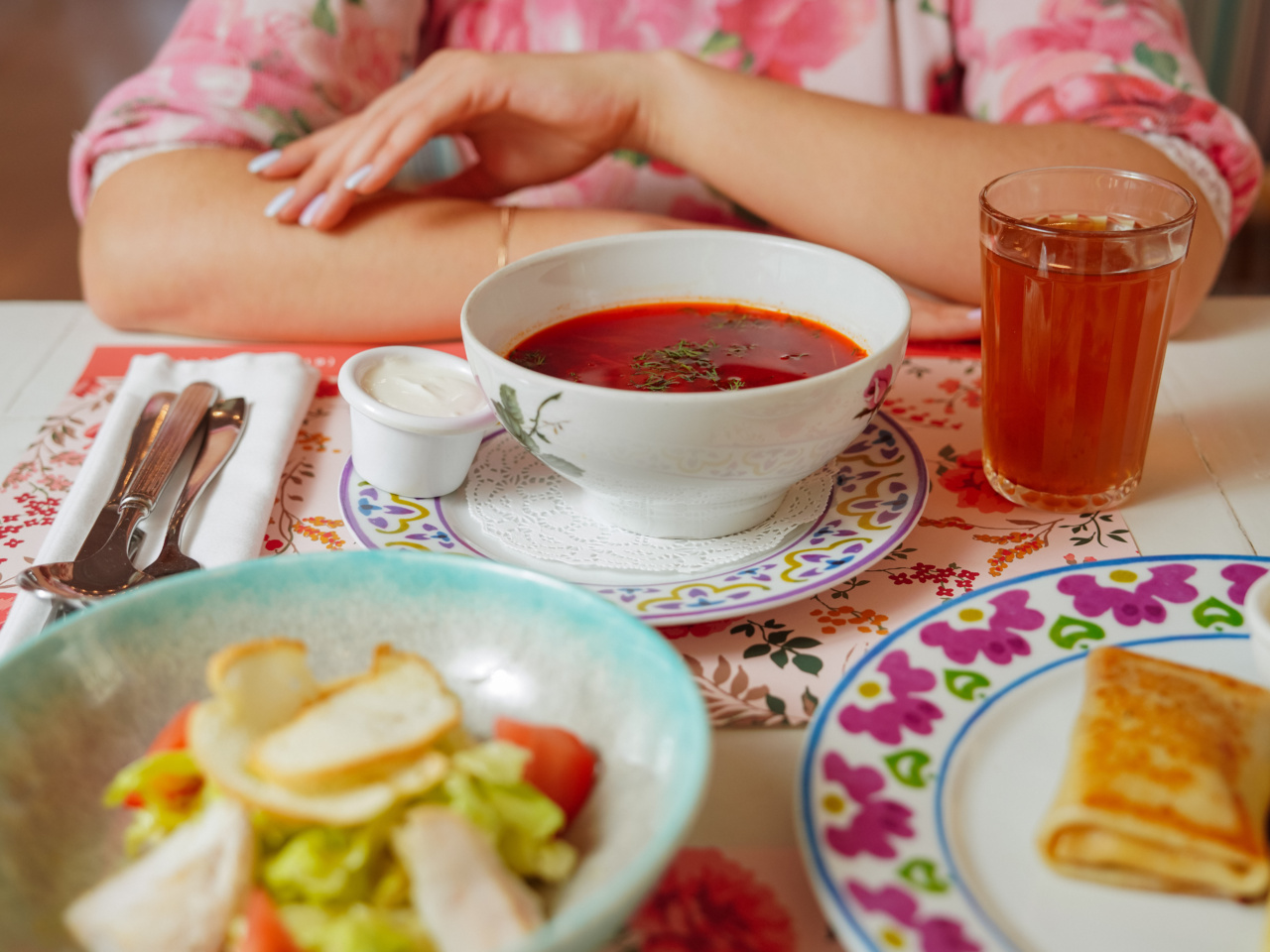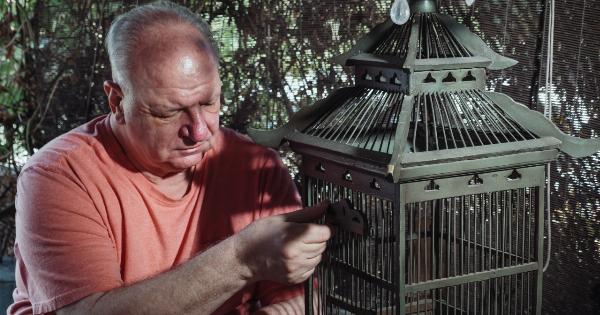Sugar is everywhere. It’s in our coffee, tea, cereal, and even in our salad dressings. While it can be easy to spot some sources of sugar, such as candy or soda, there are many hidden sources of sugar in our diets that we might not even be aware of.
These sneaky sugars can add up quickly, contributing to weight gain, inflammation, and other health problems. In this article, we’ll explore some of these hidden sources of sugar and provide tips on how to spot them.
What Are Sneaky Sugars?
Sneaky sugars are sugars that are added to foods and drinks in ways that might not be immediately obvious. For example, many processed foods contain added sugars to enhance their flavor and prolong their shelf life.
These sugars can be listed on the ingredient label under a variety of names, including:.
- Fructose
- Glucose
- Corn syrup
- Dextrose
- Sucrose
- Maltose
- High-fructose corn syrup
These sugars can be found in a wide range of foods, including cereals, baked goods, energy bars, yogurts, and even savory items like crackers and sauces.
The Dangers of Sneaky Sugars
While some sugars, like those found in fresh fruits and vegetables, can be part of a healthy diet, sneaky sugars are a different story. These added sugars can contribute to weight gain, inflammation, and other health problems.
They can also lead to a spike in blood sugar levels, which can cause energy crashes and cravings.
Additionally, sneaky sugars can be addictive. The more sugar we consume, the more we start to crave it. This can create a vicious cycle, where we consume more and more sugar to satisfy our cravings, leading to even more cravings.
How to Spot Sneaky Sugars
Spotting sneaky sugars can be tricky, as they can be listed on ingredient labels under a variety of names. However, there are some tips and tricks you can use to identify them:.
Read Ingredient Labels
The easiest way to spot sneaky sugars is to read the ingredient labels on packaged foods. Look for any ingredients that end in “-ose” (such as fructose or sucrose) and any type of syrup (such as high-fructose corn syrup or malt syrup).
Check the Nutrition Facts
Look for the line that lists “sugar” in the nutrition facts. Keep in mind that this includes both natural and added sugars, so it’s important to also read the ingredient labels.
If a food has a high amount of sugar per serving, it’s likely that it contains added sugars.
Beware of “Low-Fat” Foods
Many low-fat foods, such as yogurt and salad dressings, contain added sugars to compensate for the reduced fat content. Be sure to read the ingredient labels on these products before purchasing them.
Avoid Processed Foods
Processed foods are often loaded with added sugars, so it’s best to limit your intake of these items. Stick to whole foods like fruits, vegetables, lean protein, and whole grains.
Watch Out for Sneaky Sugar Bombs
Some foods may seem healthy but are actually loaded with sugar. For example, a sports drink may seem like a good choice to hydrate during a workout, but it can contain as much sugar as a can of soda.
Be sure to read the ingredient labels on these items to ensure you’re not consuming more sugar than you bargained for.
Healthier Alternatives
If you’re looking to reduce your intake of sneaky sugars, try swapping out processed foods for healthier options, such as:.
- Whole fruits
- Nuts and seeds
- Veggies with hummus or other dips
- Homemade baked goods made with natural sweeteners like honey or maple syrup
- Unsweetened Greek yogurt with fresh berries
- Grilled or roasted meats
- Whole-grain bread or crackers with avocado or nut butter
Conclusion
Sneaky sugars can be difficult to spot, but by taking the time to read ingredient labels and make some simple swaps, you can reduce your intake of added sugars and improve your overall health.
So the next time you reach for a packaged food or beverage, take a close look at the ingredients to make sure you’re not consuming more sugar than you bargained for.































